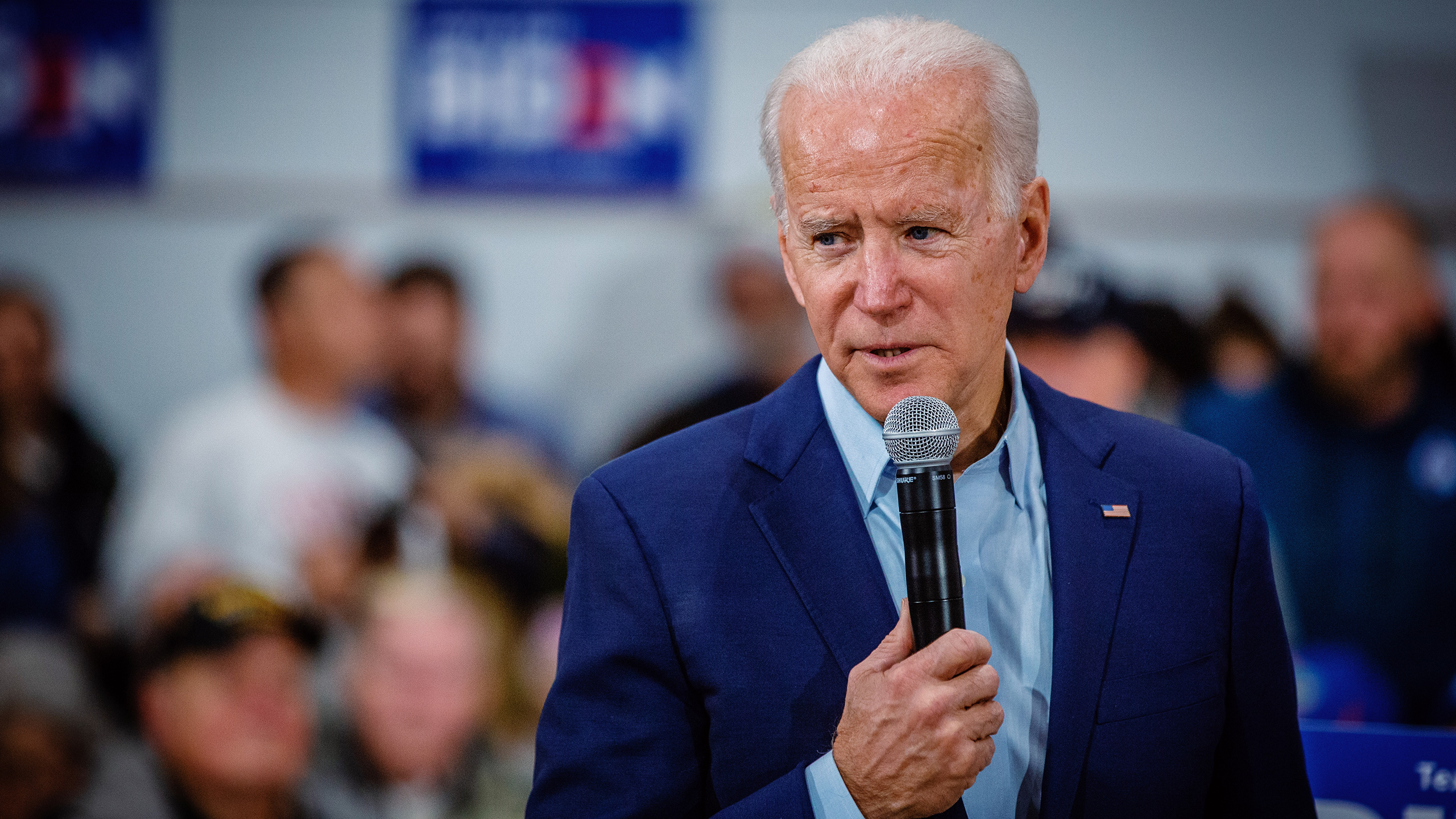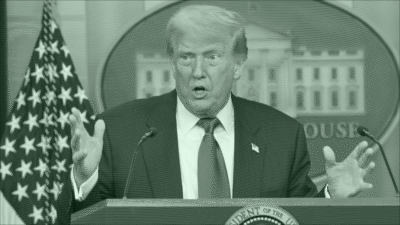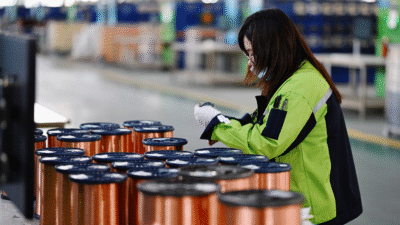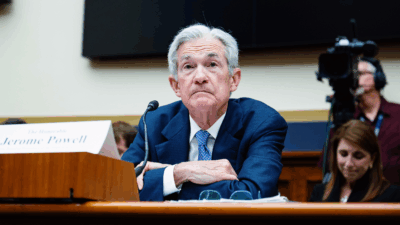US, Mexico Agree to Steel Import Rules Against Chinese Circumvention
The US and Mexico will apply tariffs to some US steel and aluminum imports to keep Chinese metals from entering America.
Sign up for smart news, insights, and analysis on the biggest financial stories of the day.
Be steel, my protectionist heart.
The US and Mexico announced Wednesday that they would apply tariffs to some steel and aluminum imports to keep Chinese metals from making their way across America’s southern border. More tariffs — which some fear will have negative impacts at home in the USA — could be on the way.
Heavy Metal Levy
US steel stocks have underperformed this year — Nucor is down 12%, Cleveland-Cliffs 24%, and U.S. Steel 21% — and steel prices have fallen as the industry continues to work through pandemic stockpiles. Against this backdrop, the White House announced plans to triple levies on steel and aluminum from China to 25% in May, citing Beijing’s subsidies for the metal industries.
The new policy is being conducted jointly with Mexico, which will require its importers to disclose where their steel and aluminum come from. Steel not melted and poured in the US, Canada, or Mexico will be subject to the 25% tariff, while aluminum products that contain primary aluminum smelt or cast in China, Belarus, Iran, or Russia will be hit with 10% tariffs. In practice, it’s less an escalation of the US-Sino trade war than a preemptive measure to shore up ironclad import controls:
- Only about 13% of the 3.8 million tons of steel imported from Mexico is melted and poured outside North America, according to US officials, and only 6% of the 105,000 tons of aluminum imported will be impacted.
- US officials, however, are worried that Chinese steel producers could use Mexico, which has duty-free access under the USMCA, as a backdoor to the US market. China’s once-booming real estate sector, which powered ancillary industries like construction, is in crisis, and saw new sales fall 20% in the first two months of 2024; analysts at S&P said earlier this year that China’s domestic steel demand in 2024 is likely to flatline or decrease modestly, with producers looking to export markets.
Friendly Fire: Even so, the tariffs could eventually make downstream manufacturing more costly. When the US imposed steel and aluminum tariffs on China in 2018, General Motors and Ford both said their costs rose over a billion dollars, and laid off thousands of workers.












